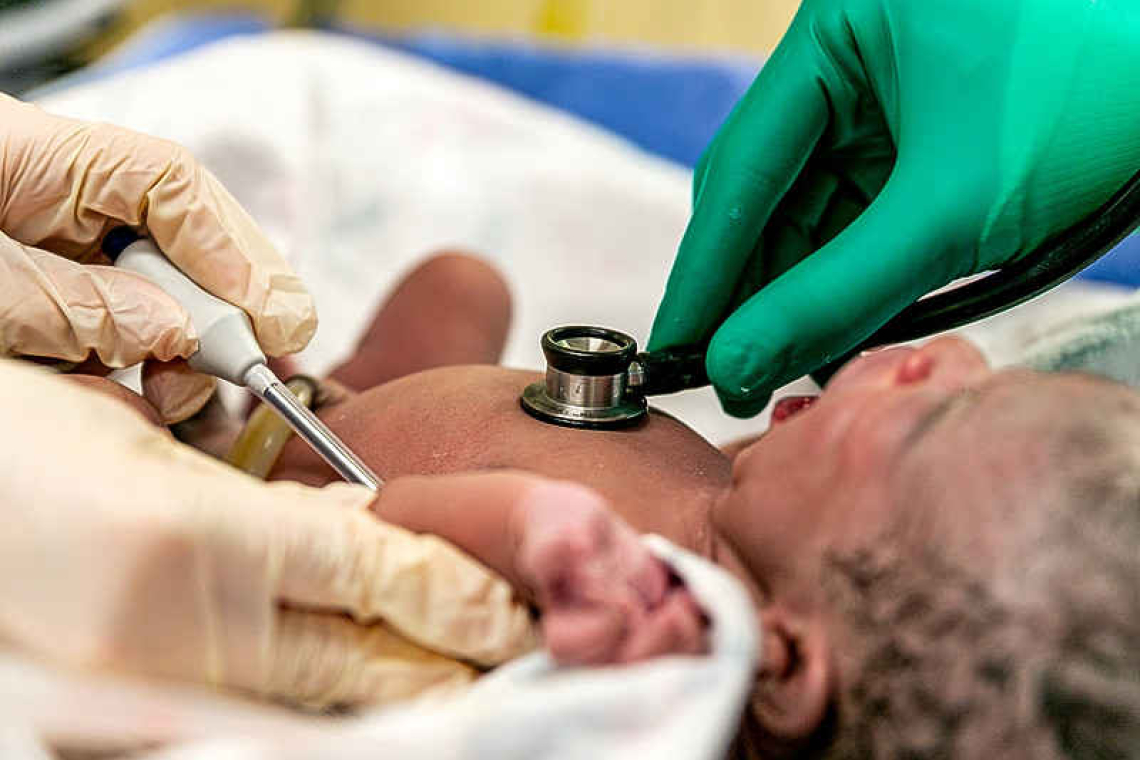By Colin Michie
New-born infants and toddlers often suffer with coughs. Most are mild. Sometimes, though, their recovery is not smooth. About one in 500 will need hospital care. What are the signs of danger that you should look out for?
Infants are small, fragile, vulnerable. They are so very different to older children. They sleep a great deal; their breathing is not always regular. They often vomit after feeds; their noses block and they can snuffle a great deal. Naturally, parents find these infant behaviours a worry – how can they protect their amazing, but slightly strange new arrival?
Many defensive devices against microbes are set up before birth. Infants rely on protection from within, in their bloodstream and their feeds. These defences include antibodies from mother’s blood, pumped across the placenta. Tiny shuttles move mother’s antibodies into the unborn child.
These include antibodies made against the bugs that may have infected her, and the vaccines she had been given. If a mother had received vaccines against measles or influenza, her antibodies against these will protect her infant for several months. In some parts of the world, pregnant mothers are vaccinated against tetanus, for instance, to ensure the new-born do not contract this illness from their environment.
A second important source of protective antibodies comes in breast milk, particularly in the colostrum mothers produce in the first days of feeding. Breast milk can deliver several grams of antibody daily to protect infants against common microbes, especially those that invade the lungs and gut.
Infants have small airways. Their bronchioles may be less than a millimetre in diameter, so inflammation there prevents normal breathing. The virus causing the biggest challenge in infants this year is respiratory syncytial virus, or RSV. Infants with RSV start off with coughing, runny noses and sneezing, but if the virus spreads to the bronchioles, the baby begins to wheeze.
Pushing air out of infected bronchioles is hard work, so the infant’s chest begins to look like bellows. The ribs may move inwards with each breath – recession. This compresses their stomach, so they may vomit and lose interest in feeds. They can develop a fever too. This condition is bronchiolitis, a different type of infection to “bronchitis” seen in older adults that troubles larger airways, the bronchi.
Most infants recover quickly from bronchiolitis. Some may develop an ear infection. But RSV is unpredictable: if it continues to inflame small airways, if other agents such as smoke are present, the infant may become tired and dehydrated. Their oxygen levels may begin to fall.
If this develops, the infant needs a check in a hospital. The non-invasive measurement of oxygen levels involves a small probe placed across a finger, toe or earlobe – a painless check. Levels of 90% or more for oxygen carriage are reassuring. If oxygen levels fall below this, the infant requires supplementary oxygen.
Extra oxygen can be delivered to an infant using humidified oxygen at high flow through small prongs in their nose. If this is ineffective, ventilation with higher pressures can be employed using masks, or by sedating the infant and putting a tube through the vocal cords to deliver oxygen direct into the chest. This all needs to take place in an intensive care unit because it requires careful monitoring.
Once ventilated, an infant is supported with fluids and feeds to assist their recovery. A treatment is available for the sickest infants with RSV – an artificial antibody, designed to bind to the virus. This agent is expensive and so its use is limited to the sickest.
There have been numerous spikes or outbreaks of infections with RSV after the Covid-19 lockdowns. Hospitalisations from RSV in many nations have increased. RSV has also been detected in the monitoring of city sewage in several countries, meaning those populations are carrying this virus.
Despite best intentions, babies will catch infections, often from siblings or cousins. Small children tend to spread microbes very well between one another! This spreading of microbes and those illnesses are rarely severe – it is a “normal” way for infants to build up their own resistance to infections
RSV does not always operate alone. Influenza, rhinoviruses and adenoviruses also cause coughs and colds. Careful testing by looking for viral genes shows that RSV often infects together with these other viruses. Co-infection with these agents may be more common than we know: there remains much to learn about how these viruses cause illness.
Parents will be alarmed if their new baby develops a cold. Most colds resolve, but those danger signals are difficulties with feeding and breathing, with recession. Should these develop; it is wise to have the infant reviewed in a hospital. That oxygen saturation measurement is particularly valuable; it is usually reassuring.
Resources:







